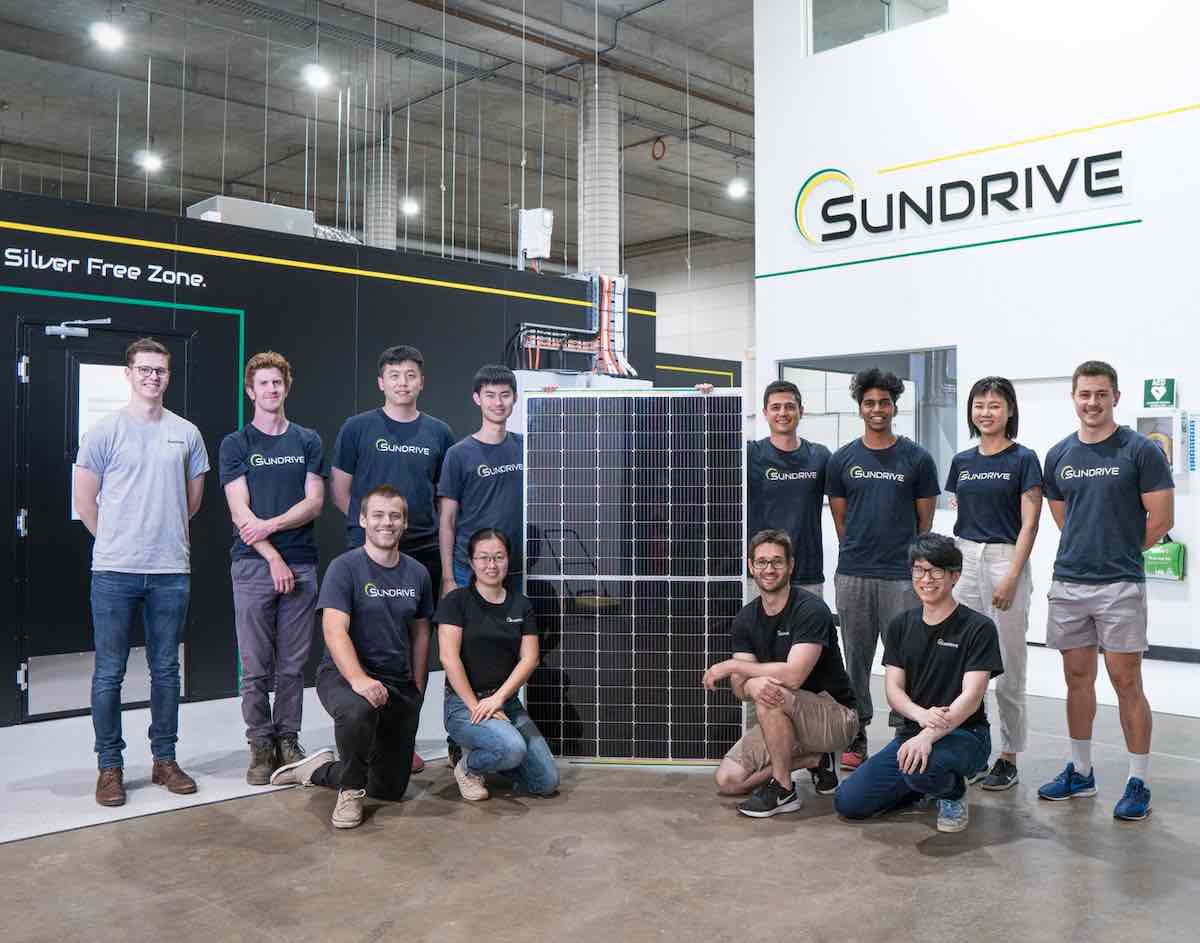Sundrive, an Australian solar innovator backed by software billionaire Mike Cannon-Brookes, has outlined its vision to turn the country into a solar PV manufacturing powerhouse, with plans to build factories that could produce up to 5GW of solar PV a year.
The plans were revealed by Sundrive’s strategic advisor Wyatt Roy – the former Coalition MP and assistant innovation minister who was the youngest elected to parliament in 2010 when aged just 20, at the Smart Energy expo on Thursday.
Roy outlined a three-phase introduction with the first factory to target the premium rooftop market with capacity of 1GW, and would focus on “cell metallisation” and modules.
A second factory, lifting total capacity to 2GW, would focus on rooftop modules and would introduce cell production, including texturing and junction cells.
A third factory, taking the toal capacity to 5GW, would focus on the utility solar farm and would see the factory facilities scale up to become fully integrated, including poly silicon, ingot and wafe and glass production.
Sundrive has attracted funding from a range of deep pocketed investors, including Cannon-Brookes, Blackbird Ventures, Virescent Ventures, and the Clean Energy Finance Corporation.
The company, spun out of the University of New South Wales, is behind a new breed of solar cells that uses copper as the conductive material instead of silver, to improve panel efficiency and cut costs.
The concept was originally developed by SunDrive CEO Vince Allen during his PhD at UNSW. Allen then went on to found SunDrive in 2015 with his flatmate from his undergraduate studies, David Hu.
“The great thing about sun drive is we’re able to replace silver with pure copper on the solar cells. It sounds simple, but trust me, probably north of a billion dollars have been spent in R&D in this space,” Roy said.
“And once again, it’s Australian ingenuity, Australian innovation that has cracked this big challenge. By being able to adhere pure copper to the solar cells, you get enormous advantages.
“The first is that abundance ish copper is about 1000 times more abundant than silver, a huge opportunity to change that scarcity problem facing the industry. But by being able to adhere pure copper, you also get an enormous efficiency, gain,
Roy noted that China accounts for more than 85 per cent of the world’s solar manufacturing capacity, much of it based on Australian know-how and research. Australia has one small manufacturing facility – Tindo Solar in South Australia – which is mostly focused on module assemble rather than cell production.
However, the issue has become an important one for the federal Labor government, which says supply issues could be the biggest constraint on the company’s rapid evolution to zero emissions grid and economy.
Roy says that Australia – thanks to lower prices from increased renewable power and its solar expertise – has more opportunity than just about anywhere else in the world.
“We have the tech and the talent. We literally invented the technology,” Roy said.
“And if you go to any of the big solar manufacturers in the world, and we look at the CTO, the chief scientists, they’re almost always trained in Australia. We have the technology skills, and we have the logistics advantage of building it here.”
Roy says the job possibilities are enormous, particularly with the scale of the solar developments likely to take place. He predicted that Australia could host the world’s five biggest solar farms by the end of the decade. One of them, the 20GW Sun Cable project, is being backed by Cannon-Brookes.
“We know that for every gigawatt of solar that’s manufactured you create about 1000 direct jobs throughout the supply chain, particularly when it comes to aluminium and glass and area where we have an enormous advantage.
“There are 1000s of additional jobs. Just to give you an example, the aluminium module framing required for 10 gigawatts of solar PV is 60,000 tonnes. That’s equivalent to the entire annual output of the the largest provider of aluminium in Australia, just for 10 gigawatts.
“The total jobs of a fully integrated manufacturing with local supply chain of materials is approximately 10,000 direct jobs for every 10 gigawatts of solar.”
But he said that for Australia to seize that opportunity, it would need to match some of the policy initiatives around the world, such as the US Inflation Reduction Act, and similar policies being rolled out in Canada, the EU, and India.
“Australia has this incredible opportunity to be a solar manufacturing powerhouse. To seize that opportunity we need to put the right policies in place, and to change the country in the world for the better. So that’s our call to action.”










